Gustave Serrurier-Bovy (1858-1910) was an architect and decorator from Liège, one of the main representatives of the Belgian Art Nouveau movement with Paul Hankar and Victor Horta. Trained at the Royal Academy of Fine Arts in Liège, he nevertheless turned away from this academic education to move closer to the Arts and Crafts movement, which initiated a revival in the fields of architecture and decorative arts. From 1894, he regularly participated in the Salon de la Libre Esthétique in Brussels, where he presented furniture sets that gradually made him known beyond the Belgian borders. On the occasion of the Universal Exhibition in Paris in 1900, he participated in the creation of the restaurant “Le Pavillon bleu”, located at the foot of the Eiffel Tower. Four years later, he took part in the Universal Exhibition in Saint-Louis in the United States, where he won a gold medal and a silver medal. In addition to his Brussels and Parisian stores, where furniture and household items were sold, some of which were mass-produced, Serrurier-Bovy fulfilled numerous special orders and founded his own company, “Serrurier et Cie”, in 1903. In 1910, the year of his death, he completed his last major project, namely his own pavilion for the Universal Exhibition in Brussels. His company continued for a few more years after his death, before finally closing in 1921.
Trace on the copper banding of the body.
Visible deposits on the bottom of the ewer.
Wear of time.
Good general condition.
Late 19th-early 20th century.
Dimensions:
H: 31.5 cm
D: 11 cm (base)
L: 16 cm (handle included)





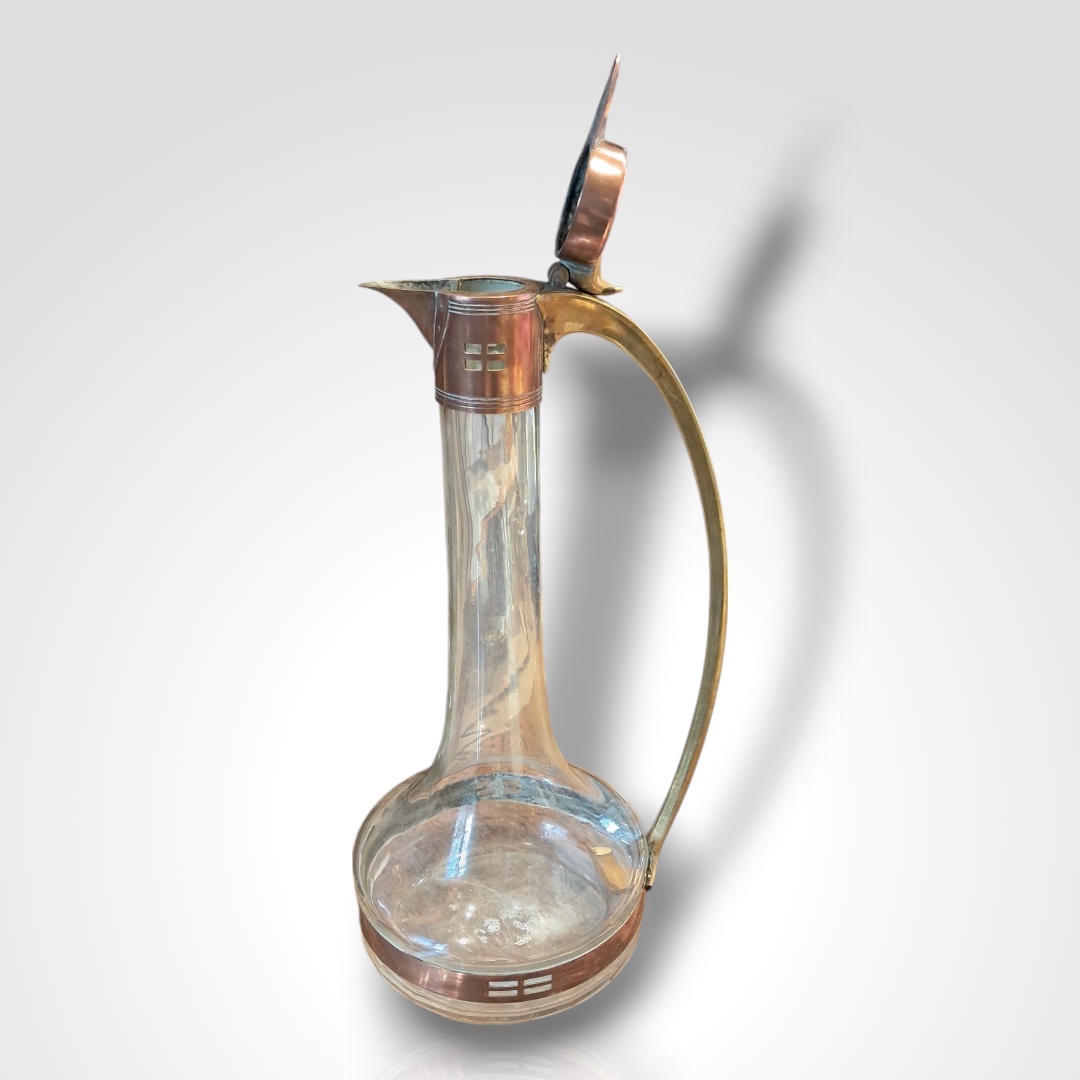





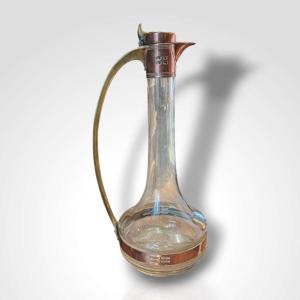













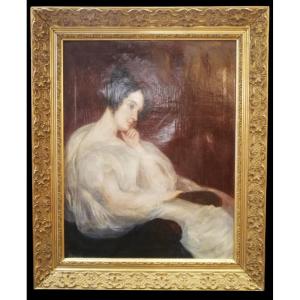



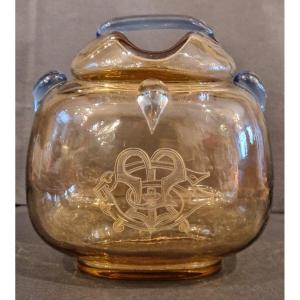

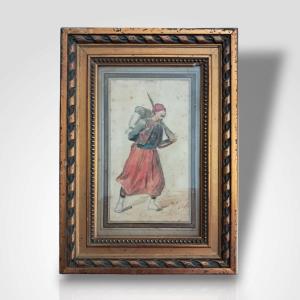


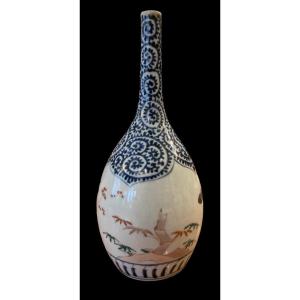

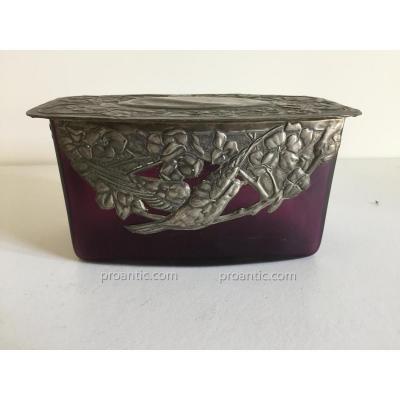

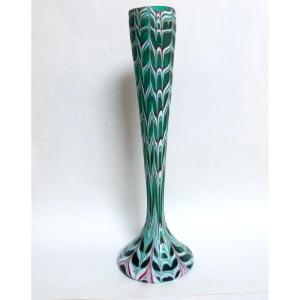

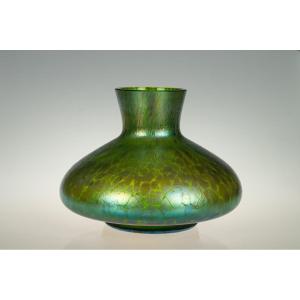



 Le Magazine de PROANTIC
Le Magazine de PROANTIC TRÉSORS Magazine
TRÉSORS Magazine Rivista Artiquariato
Rivista Artiquariato